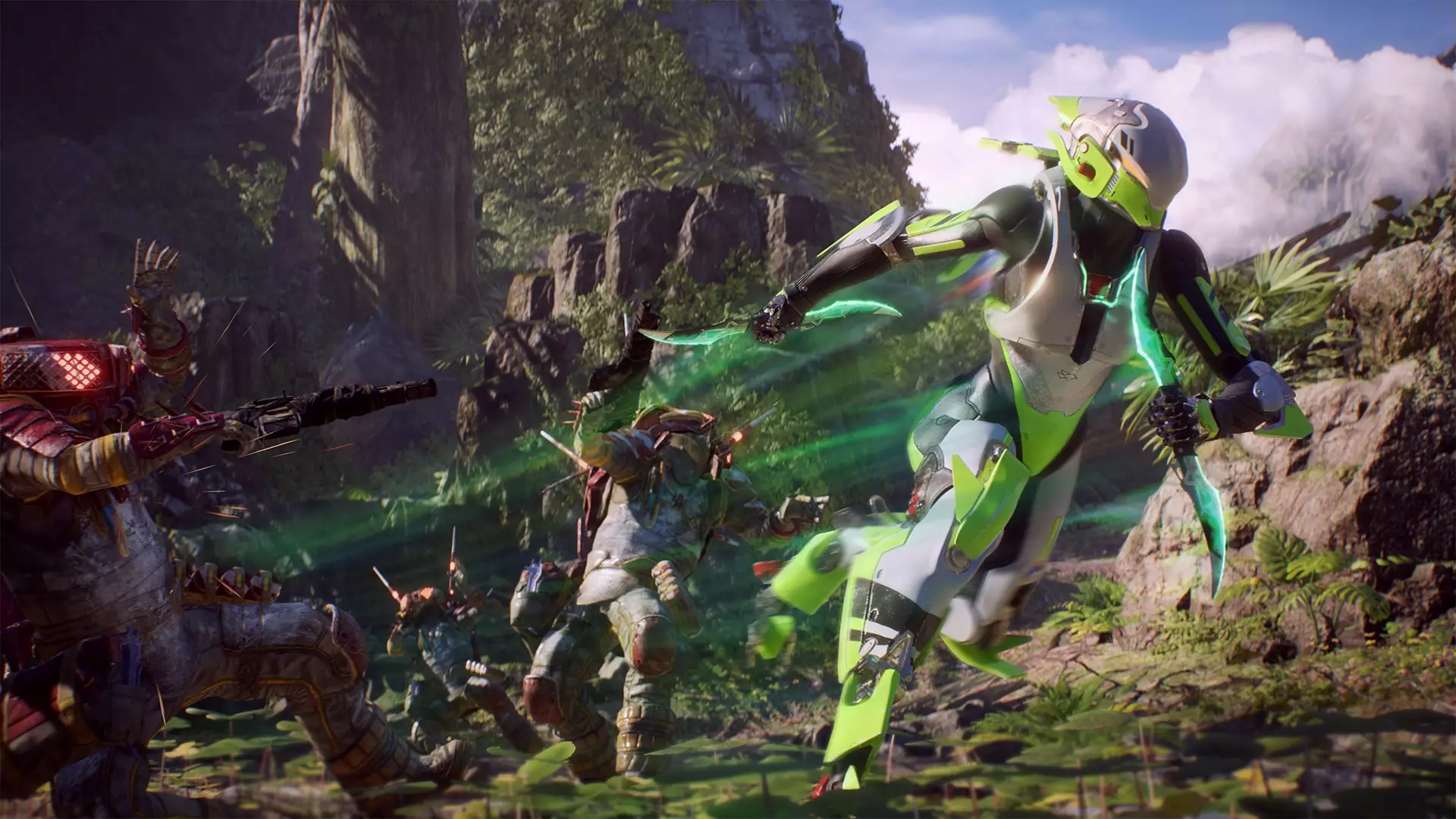In recent discussions surrounding the impending demise of BioWare’s Anthem, a provocative question emerges: should we accept the inevitable obsolescence of beloved digital worlds? Former BioWare executive Mark Darrah candidly reflects on the lifecycle of Anthem, acknowledging that its eventual shutdown was a matter of “when,” not “if.” His honesty sheds light on a broader crisis amidst the gaming industry—a tendency to treat digital entertainment as ephemeral rather than enduring cultural artifacts. The reality is stark: many games, including Anthem after nearly seven years, are scheduled to disappear entirely, replaced by a void where memories and investments fade into obscurity.
This situation calls into question our collective stance on game preservation. When a game ceases to be accessible due to server shutdowns or licensing issues, we risk losing more than just entertainment—we lose chapters of gaming history, technological innovations, and cultural moments that define generations. Darrah’s acknowledgment that “Anthem could have been built in a way to avoid sunset” underscores a critical missed opportunity. Developing with future-proofing in mind could have aligned gameplay durability with technological sustainability, ensuring that more titles withstand the test of time. Yet, the industry’s cost-driven approach often prioritizes rapid release cycles over long-term preservation, creating a landscape where many digital experiences are inherently disposable.
The Cost of Preservation vs. Industry Pragmatism
Darrah’s insight highlights the uncomfortable trade-offs faced by developers and publishers. Incorporating peer-to-peer technology, for instance, could have extended a game’s lifespan by eliminating centralized servers subject to shutdown. However, such technology demands higher upfront investment and often compromises game quality—introducing latency issues and deteriorating user experiences. This dilemma encapsulates a fundamental industry challenge: balancing economic realities with the desire to preserve gaming history.
The question then becomes, what kind of gaming ecosystem do we want? Are players and creators willing to accept sacrifices in fidelity and stability if it means safeguarding their digital investments? Darrah suggests that “sacrificing some fidelity” might be necessary to create a future where “games don’t just vanish.” It’s a provocative stance that challenges the current norm—one where the end of a game’s life is considered inevitable and acceptable.
This pragmatic acceptance is intertwined with the controversial “Stop Killing Games” movement, which advocates for keeping games accessible long-term, even post-developer shutdowns. Critics argue that preserving games indefinitely is an expensive and complex endeavor, often dismissed as idealism in a profit-driven industry. Yet, Darrah’s analogy comparing this to environmental regulations—imposing costs on polluters to prevent harm—poses a compelling moral argument: should we not also impose costs on industry practices that lead to irreversible cultural loss? The financial and technical hurdles are significant, but society’s willingness to pay for cultural preservation might be the real determining factor.
Reimagining Industry Responsibilities and Cultural Stewardship
The discussion extends beyond mere economics. It touches on an essential moral responsibility that the gaming industry might need to embrace more consciously—that of cultural stewardship. Games are more than products; they are evolving art forms and social platforms. The disappearance of classics like Anthem or even lesser-known titles like Concord exemplifies a broader neglect of digital heritage.
Industry leaders, fans, and policymakers must grapple with the notion that preservation is not simply an optional extra but a core aspect of gaming’s cultural impact. Implementing mechanisms such as standardized digital archiving, backward compatibility, or streamlined methods for sustainable hosting could be ways forward. However, these strategies require commitment and resources—elements that are often in short supply in the rapid churn of modern game development.
Darrah’s commentary implies that accepting long-lasting games entails a cultural shift—one where society is willing to prioritize the preservation of collective digital memories over immediate profit. It challenges us to consider whether we want a future where gaming history is a fragmented, disposable timeline or a rich, accessible archive of creative evolution. Ultimately, the question is about the value we place on our shared cultural heritage and the role industry practices should play in safeguarding it, rather than allowing market forces to dictate a fleeting existence for our beloved digital worlds.

